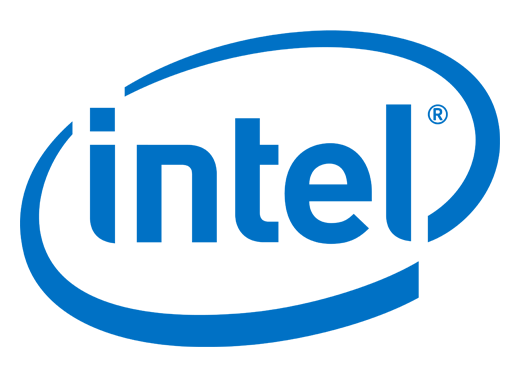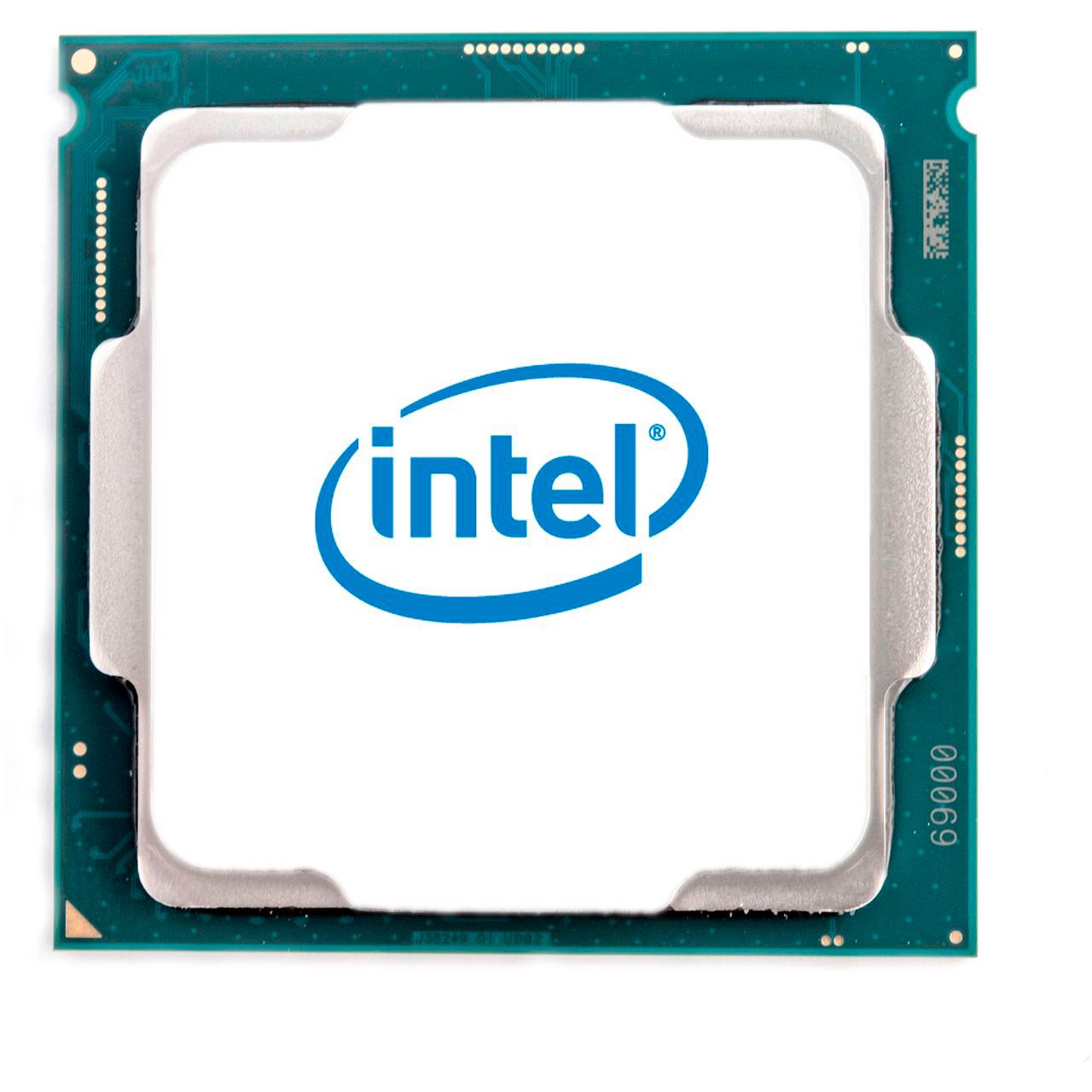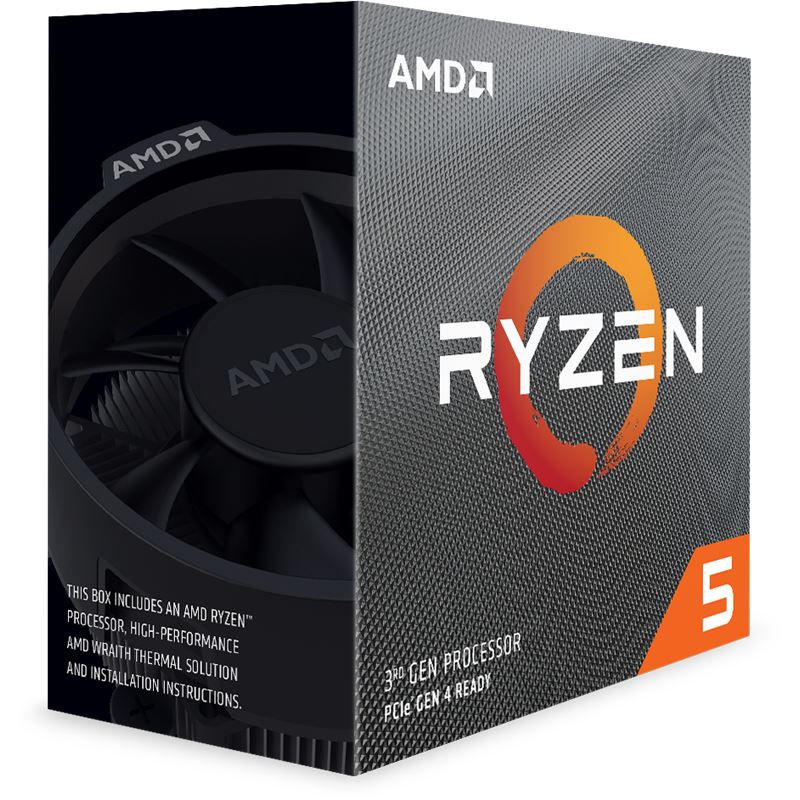Discussion Intel current and future Lakes & Rapids thread
Page 314 - Seeking answers? Join the AnandTech community: where nearly half-a-million members share solutions and discuss the latest tech.
You are using an out of date browser. It may not display this or other websites correctly.
You should upgrade or use an alternative browser.
You should upgrade or use an alternative browser.
IntelUser2000
Elite Member
- Oct 14, 2003
- 8,686
- 3,787
- 136
Whats stopping them from shipping high volume 10nm server parts then?
They are struggling with 10nm process sure. It's not like their problem will be solved if they go for chiplets as long as the base process sucks.
Are the new SF features also going to be found in Intel's 7nm nodes? Is it likely the first 7nm won't have the SF features?
New processes always had the feature introduced in previous generations. Strained Silicon from 90nm, Hi-K from 45nm, FinFET from 22nm, its all there in 10nm. They are fundamental to enabling continued scaling. You need the previous steps to go up the next step.
positivedoppler
Golden Member
- Apr 30, 2012
- 1,148
- 256
- 136
Weren't there rumors that the end of 2021 was the drop dead date for Aurora? If not, perhaps the DOE should consider dropping Intel and goi
I would not say Charlie has been "accurate". More like the title of his rag "semi-accurate". He seem to go by the theory that if you spread enough FUD, some if it will come true.
He's been pretty spot on so far regarding Intel's 10nm delay.
IntelUser2000
Elite Member
- Oct 14, 2003
- 8,686
- 3,787
- 136
He's been pretty spot on so far regarding Intel's 10nm delay.
He also said 10nm has been canned.
They are struggling with 10nm process sure. It's not like their problem will be solved if they go for chiplets as long as the base process sucks.
It wouldn't completely solve the problem but it would greatly help 10 nm yield.
Regarding Charlie's claims, I haven't heard anything about significant recent server delays. Sapphire Rapids might have been pushed out a bit (extra stepping?), but still within the 2021 timeframe, and Granite Rapids is apparently a bit of an organizational mess, but that's nothing new.
positivedoppler
Golden Member
- Apr 30, 2012
- 1,148
- 256
- 136
He also said 10nm has been canned.
I recall he stated over a year ago that the current 10nm on the roadmap was canned and the new 10nm will be nothing like what they originally advertised.
Hulk
Diamond Member
- Oct 9, 1999
- 5,138
- 3,727
- 136
Tiger Lake SuperFin is currently reaching 4.8GHz. Considering that is a mobile part with a low power envelope it seems as though Intel's 10nm SuperFin is doing pretty well, right? Sunny Cove at 4.8GHz would most likely beat Skylake at 5.3GHz in many applications so I can only assume they are going another round at 14+++ because they don't have 10nm SuperFin capacity for mobile and desktop at this point in time.
But if they can move Willow Cove to 10nm Enhanced Superfin at 5+ GHz, those parts could be a reasonable competitor for Zen 3 if there is die space for more cores. Especially if they can reach mid 5GHz clocks on all cores. Intel is definitely down but they ain't dead yet.
But if they can move Willow Cove to 10nm Enhanced Superfin at 5+ GHz, those parts could be a reasonable competitor for Zen 3 if there is die space for more cores. Especially if they can reach mid 5GHz clocks on all cores. Intel is definitely down but they ain't dead yet.
positivedoppler
Golden Member
- Apr 30, 2012
- 1,148
- 256
- 136
I recall he stated over a year ago that the current 10nm on the roadmap was canned and the new 10nm will be nothing like what they originally advertised.
Here are the old articles.

Why SemiAccurate called 10nm wrong
A few months ago SemiAccurate claimed Intel killed their 10nm process, we were wrong.
 www.semiaccurate.com
www.semiaccurate.com

Intel kills off the 10nm process
SemiAccurate has learned that Intel just pulled the plug on their woeful 10nm process.
 www.semiaccurate.com
www.semiaccurate.com
I think people can judge themselves how accurate or inaccurate they were.
BTW, his latest tweet is scary.
regarding when Intel will be competitive in servers again.
"2025 best case"
Last edited:
NTMBK
Lifer
- Nov 14, 2011
- 10,443
- 5,798
- 136
Another tweet on the delay referencing Sapphire Rapids:
Sure sounds like that's the delayed part.
Sure sounds like that's the delayed part.
It looks like the 8 core Tigerlake has a base clock of 3.1 at 45W but it only has 32 EUs compared to the 1185G7's 96EU.
Is there a reason for BGA devices to have more pins than the LGA variants? 6700K / 1151 and the 6820HK / 1440 etc
Is there a reason for BGA devices to have more pins than the LGA variants? 6700K / 1151 and the 6820HK / 1440 etc
LightningZ71
Platinum Member
- Mar 10, 2017
- 2,508
- 3,190
- 136
Here are the old articles.

Why SemiAccurate called 10nm wrong
A few months ago SemiAccurate claimed Intel killed their 10nm process, we were wrong.www.semiaccurate.com

Intel kills off the 10nm process
SemiAccurate has learned that Intel just pulled the plug on their woeful 10nm process.www.semiaccurate.com
I think people can judge themselves how accurate or inaccurate they were.
BTW, his latest tweet is scary.
regarding when Intel will be competitive in servers again.
"2025 best case"
Charlie might be the earliest one that describe the bad picture of intel's 10nm, and looks like what he said in 2018 were frightening similar to nowaday situation......hard to imagine if intel still cannot deliver on time next year, not only AMD's Zen3/Zen4 but also Apple has its own chips in Mac, time is running out for intel.....
NTMBK
Lifer
- Nov 14, 2011
- 10,443
- 5,798
- 136
Is there a reason for BGA devices to have more pins than the LGA variants? 6700K / 1151 and the 6820HK / 1440 etc
Integrated PCH?
DrMrLordX
Lifer
- Apr 27, 2000
- 22,901
- 12,969
- 136
My 3900x scores a 513 in CBR20 ST @ 4.4 GHz (static). Downscaling the Rocket Lake-S ES chip to 4.4 GHz gives an ST score of 542 - a whopping 5.7% faster than my Matisse chip. Hmm.
Tiger Lake SuperFin is currently reaching 4.8GHz. Considering that is a mobile part with a low power envelope it seems as though Intel's 10nm SuperFin is doing pretty well, right?
No idea on yields. Intel still hasn't released anything other than 4c Tiger Lake on this process. Something is amiss.
Sunny Cove at 4.8GHz would most likely beat Skylake at 5.3GHz in many applications so I can only assume they are going another round at 14+++ because they don't have 10nm SuperFin capacity for mobile and desktop at this point in time.
. . . that might be true, but I see no reason why Intel would even think about Sunny Cove on 10SF (or 10SFE).
Asterox
Golden Member
- May 15, 2012
- 1,058
- 1,864
- 136
Ok, only 6 points more for 5.5ghz Rocket Lake or 600mhz higher CPU frequency.IPC is very impresive......................vs Zen 3/4.9ghz
Hulk
Diamond Member
- Oct 9, 1999
- 5,138
- 3,727
- 136
. . . that might be true, but I see no reason why Intel would even think about Sunny Cove on 10SF (or 10SFE).
The only reason I was thinking Intel might go with Sunny Cove instead of Willow Cove at first crack for 10SF/post Skylake core is the same (likely) reason they are using Sunny vs Willow for Rocket Lake. That being the larger L2/L3 die space is better spent on additional cores.
Of course all of this is being "forced" by Zen3 to a degree. If they really need the extra IPC of Willow Cove (vs. Zen 3) then they may need to sacrifice some profit (die space) and use Willow Cove. Also, could it be that Sunny Cove is more finely tuned at this point to reach higher frequencies than Willow Cove?
DrMrLordX
Lifer
- Apr 27, 2000
- 22,901
- 12,969
- 136
Of course all of this is being "forced" by Zen3 to a degree.
The question is whether Intel can pivot to any new product besides Rocket Lake-S regardless of what is forcing their hand.
Also, could it be that Sunny Cove is more finely tuned at this point to reach higher frequencies than Willow Cove?
Doubtful.
Ok, only 6 points more for 5.5ghz Rocket Lake or 600mhz higher CPU frequency.IPC is very impresive......................vs Zen 3/4.9ghz
Where did he say it was running at 5.5 Ghz?
Asterox
Golden Member
- May 15, 2012
- 1,058
- 1,864
- 136
Where did he say it was running at 5.5 Ghz?
He mentioned, or pointed out.
If this RKL ST score is true, situation might change a bit but not that much(less core, potentially high power drain and high cost), I hope Xe IGP with 4-6 cores SKUs would have a better value than APUs because it's very likely that mid-range is the only segment RKL can shine.Ok, only 6 points more for 5.5ghz Rocket Lake or 600mhz higher CPU frequency.IPC is very impresive......................vs Zen 3/4.9ghz
OTOH seems there's almost no IPC loss when doing backport to 14nm.
Hulk
Diamond Member
- Oct 9, 1999
- 5,138
- 3,727
- 136
If this RKL ST score is true, situation might change a bit but not that much(less core, potentially high power drain and high cost), I hope Xe IGP with 4-6 cores SKUs would have a better value than APUs because it's very likely that mid-range is the only segment RKL can shine.
OTOH seems there's almost no IPC loss when doing backport to 14nm.
If RKL is somewhat competitive with Zen3 then Intel can make the product "better" by lowering cost.
As Anand used to say, "There are no bad products, only bad price points."
Asterox
Golden Member
- May 15, 2012
- 1,058
- 1,864
- 136
If RKL is somewhat competitive with Zen3 then Intel can make the product "better" by lowering cost.
As Anand used to say, "There are no bad products, only bad price points."
Look how is that going in real life, or Intel 6/12 vs AMD 6/12 CPU king of today Desktop market.
Intel CPU is cheeper, but hm 99% people buy only R5 3600.

Intel Core i5 10400F 6x 2.90GHz So.1200 TRAY - Sockel 1200 | Mindfactory.de
INTEL Desktop von Intel | Intel Core i5 10400F 6x 2.90GHz So.1200 TRAY :: Verfügbar :: über 320 verkauft :: 24 Jahre Kompetenz | Hier bestellen

Intel Core i5 10400 6x 2.90GHz So.1200 BOX - Sockel 1200 | Mindfactory.de
INTEL Desktop von Intel | Intel Core i5 10400 6x 2.90GHz So.1200 BOX :: Lagernd :: über 2.320 verkauft :: 24 Jahre Kompetenz | Hier bestellen
Suche nach ''i5 10400'': 25 Treffer | Mindfactory.de
Es wurden 25 Artikel gefunden

AMD Ryzen 5 3600 6x 3.60GHz So.AM4 BOX - Sockel AM4 | Mindfactory.de
AMD Desktop von AMD | AMD Ryzen 5 3600 6x 3.60GHz So.AM4 BOX :: Bestellt :: über 125.370 verkauft :: 24 Jahre Kompetenz | Hier bestellen
R5 3600, 103 000 sold
i5 two versions, 800 sold
"Rocket Lake 8/16 CPU estimated sales", Intel 2 vs AMD 8/16 CPU 20 units no doubt.
TRENDING THREADS
-
Discussion Zen 5 Speculation (EPYC Turin and Strix Point/Granite Ridge - Ryzen 9000)
- Started by DisEnchantment
- Replies: 25K
-
Discussion Intel Meteor, Arrow, Lunar & Panther Lakes + WCL Discussion Threads
- Started by Tigerick
- Replies: 22K
-
News NVIDIA and Intel to Develop AI Infrastructure and Personal Computing Products
- Started by poke01
- Replies: 384
-
Discussion Intel current and future Lakes & Rapids thread
- Started by TheF34RChannel
- Replies: 23K

AnandTech is part of Future plc, an international media group and leading digital publisher. Visit our corporate site.
© Future Publishing Limited Quay House, The Ambury, Bath BA1 1UA. All rights reserved. England and Wales company registration number 2008885.

